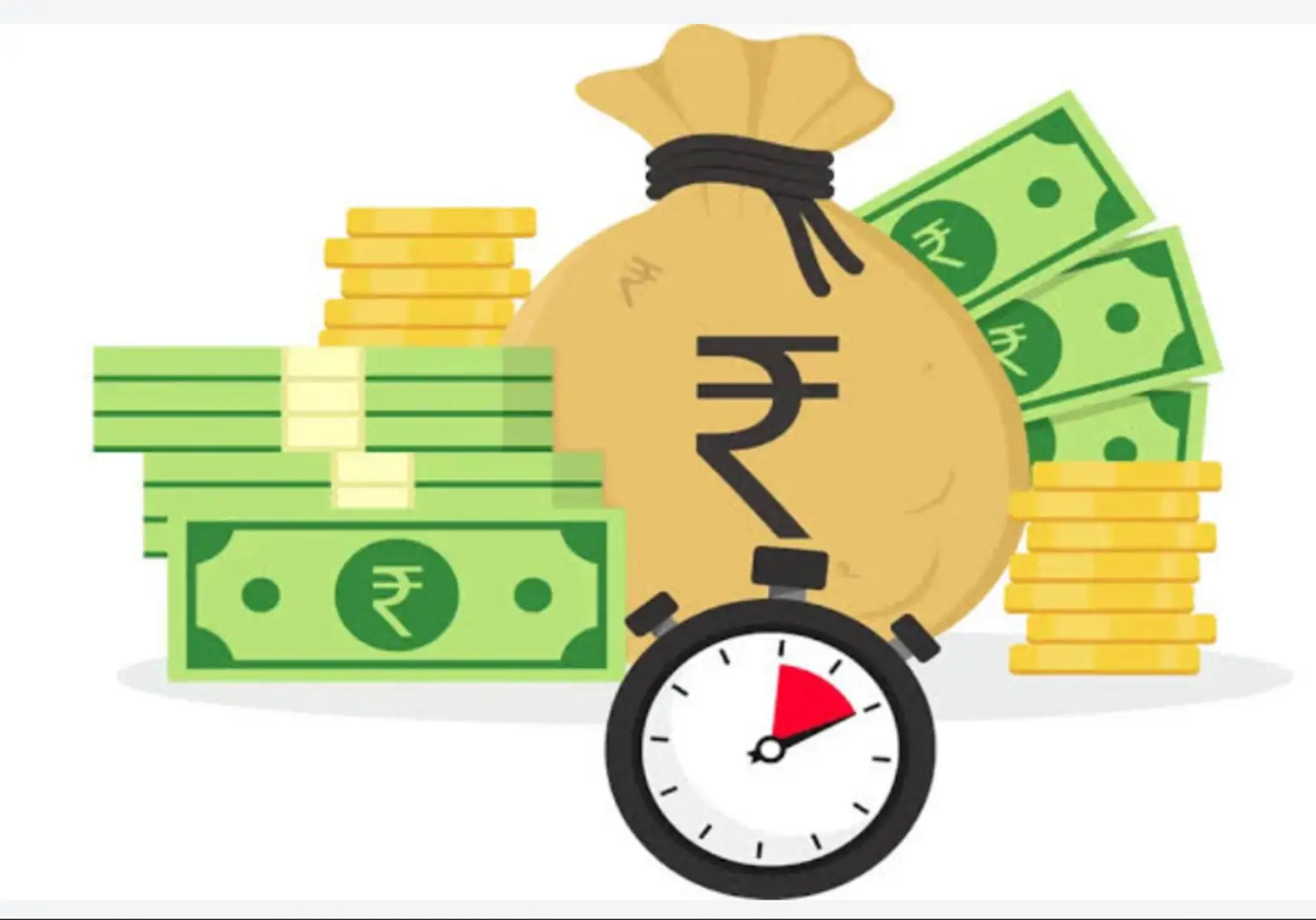

How to Get Quick Cash: Fast and Easy Methods That Work
Table of Contents
- Introduction
- Understand Regulated Quick Cash
- Sell Unwanted Items for Instant Cash
- Earn with Gig and Micro‑Task Platforms
- Use Buy Now, Pay Later & Cashback Strategically
- Borrow from Family or Friends Responsibly
- Conclusion
Introduction
Short-term financial squeezes are common in Australian households. The ABS shows that total average household liabilities increased from $189,500 in 2017–18 to $203,800 in 2019–20, with 75% of households carrying debt.
These figures highlight why many Australians turn to quick cash or alternatives to manage unexpected expenses.
In this article, we explore fast, practical, and responsible methods to access quick cash—or alternatives—without jeopardising your financial future.
Understand Regulated Quick Cash
Quick cash, often referred to as payday or short-term loans, are regulated in Australia under the Small Amount Credit Contract (SACC) rules.
These loans (up to $2,000) can charge a maximum of 20% establishment fee and 4% monthly fee—a total cost reaching almost 48% per annum.
✅ Pros:
- Instant approval—funds can arrive within hours.
- Convenient with fully online applications.
⚠️ Cons:
- Very high costs if you hold the loan beyond the term.
- Risk of falling into a debt cycle with rollovers.
📝 Smart tip: Only borrow what you need, schedule repayment before fees escalate, and stick to licensed, compliant providers.
Sell Unwanted Items for Instant Cash
Take a quick inventory of unused items—electronics, sports gear, books. Platforms like Gumtree, Facebook Marketplace, and eBay make this easy.
With local meetups, you can turn clutter into cash immediately, with zero fees and no waiting period.
Earn with Gig and Micro‑Task Platforms
Use gig platforms like Airtasker, Uber Eats, or Mable to pick up short gigs—food delivery, gardening, assembling furniture, even pet‑walking.
These platforms usually pay within a couple of days, making them a reliable way to plug short-term cash gaps.
Use Buy Now, Pay Later & Cashback Strategically
Buy Now, Pay Later (BNPL) services such as Afterpay and Zip offer interest-free payment plans. Cashback apps can also return small percentages on everyday purchases.
But missed repayments can incur late fees and affect your credit score. Use BNPL strictly for essential purchases and always track the payment schedule.
Borrow from Family or Friends Responsibly
Friends or family can provide a lifeline with no—or minimal—cost. Treat it like a formal agreement: specify the amount, repayment dates, and method, and put it in writing.
This ensures clarity and avoids tension or hurt feelings later.
Conclusion
Quick cash and alternative methods can provide immediate relief—but Australia’s rising household debt, which averaged $203,800 in 2019–20, means borrowing lightly and thoughtfully is essential .
Key takeaways:
- Use SACC‑regulated quick loans prudently: borrow small, repay fast.
- Sell items or gig‑work for instant, fee-free income.
- Use BNPL and cashback apps strategically—stay disciplined.
- Borrow from friends when possible—but with clear terms and respect.
Combining these approaches responsibly lets you tackle financial emergencies without compromising your future stability.
Related Posts
© 2025 Invastor. All Rights Reserved


User Comments